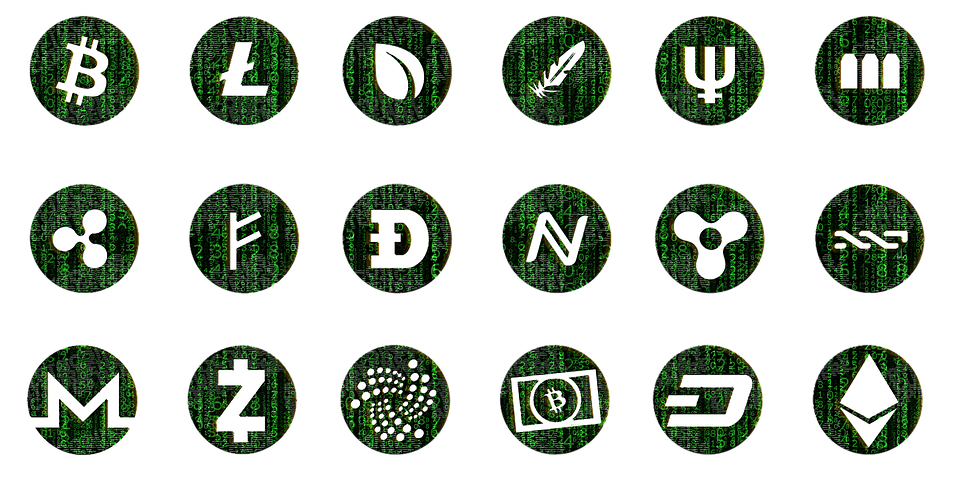The price of gas fluctuates due to several factors across different blockchain networks. How do gas fees set different cryptocurrencies apart?
The market for digital assets has grown significantly over the last few years, with more investors than ever before now
trading in cryptocurrency. Regardless of whether you are a seasoned investor who regularly checks the Bitgert price forecast or you are interested in blockchain experimentation, it seems as though everyone is getting in on the crypto action.
One factor that might deter first-time traders in digital assets on the blockchain is the concept of gas fees. However, it is worth noting that different networks and cryptocurrencies charge different rates, with many blockchain platforms even offering zero transaction costs.
What are gas fees?
In the simplest of terms, gas fees are the costs associated with cryptocurrency transactions. It is more than likely that you have faced transaction fees at some point in your life. Whether it is being charged when withdrawing money from an ATM or having to pay extra costs when booking concert tickets online, transaction fees are a familiar part of everyday life.
The cryptocurrency market is no different. The digital functions involved for a crypto network to carry out a transaction are referred to as ‘gas’. Imagine this digital energy as like a toll on the highway. Just like drivers of trucks have to pay higher tolls to cross than smaller cars, the costs for more complex transactions on a crypto platform are usually higher.
The costs that cryptocurrency platforms charge users when transactions are made are known as ‘gas fees’. In most cases, if a user gets faced with a particularly unfavourable gas fee, they can decline the transaction if they wish.
When it comes to gas fees, users will find that different blockchain networks – and therefore different cryptocurrencies – will charge different rates. But why is this? What is it that determines the cost of cryptocurrency gas fees?
Price fluctuations
There are several continuously changing processes and situations taking place across blockchain networks. These all contribute to the price of gas fees across these blockchains constantly fluctuating.
Just like in other industries, the price of gas on blockchain networks is often dependent on supply and demand – in other words, the activity on the network generally dictates the price of the fees. As a result, the more traders attempt to process transactions within a network, the more congested it becomes and the more expensive the gas charges will be. Likewise, the opposite is generally true. When demand for blockchain services slows down and fewer people are attempting transactions on the network, the average gas fee price tends to decrease.
Demand for projects involving non-fungible tokens (NFTs) – for instance, Stoner Cats, CryptoKitties, Yuga Labs’ among others – have had a massive influence on the price of gas within the Ethereum platform in the past. At one point, the demand was so high that the gas fee price extended beyond the price of the NFTs themselves.
When it comes to crypto gas fees, it is worth noting that there is a difference between whether transactions are made with cryptocurrency or NFTs. Gas fees tend to be lower when transferring cryptocurrency and are likely to be more expensive when transferring tokens. Also, regardless of whether NFTs are being used for a transfer, gas fee payments are always made in cryptocurrency. It is therefore important that traders ensure they always have cryptocurrency in the digital wallet they are using within that account.
There is no doubt that gas fees, and their apparent unpredictability, have created a barrier to entry for several blockchain users, particularly those hoping to trade NFTs. Some networks, however, have developed a system that eliminates gas fees. The IOTA blockchain, for instance, has no miners, which allows users of the network to avoid transaction costs. As the IOTA network’s transactions can be processed using minimal computing power, it eliminates the need to pay gas fees. Similarly, users of Kraken NFTs are only charged gas fees when moving NFTs on or off the network.
Despite being a high-speed blockchain, Bitgert also enables users to carry out transactions without having to pay gas fees. Currently, users of Bitgert pay just $0.00000001 in fees during a transaction. Moreover, Bitgert is the fastest blockchain out there, with a speed of more than 100,000 transactions every second.
Ethereum, on the other hand, tends to be more costly when it comes to gas. This is due in part to the network’s faster and more complex transaction processes that require a lot of computing power and data. Furthermore, Ethereum, which has the Ether as its native cryptocurrency, is also one of the world’s busiest blockchain networks. This is also another contributing factor to its higher gas fee prices.
Conclusion
Gas is the fuel that powers processes and transactions on blockchain networks. It, therefore, makes sense that users are likely to be charged a gas fee when carrying out transactions with cryptocurrency on these networks. Several elements influence the price of gas, meaning that the rate is always fluctuating. Supply and demand within a network tend to raise the cost of gas, with busier blockchains requiring more computing power to fuel transactions. Some blockchain networks have adopted a system that uses minimal power and therefore have been able to eliminate the need for gas fees.












